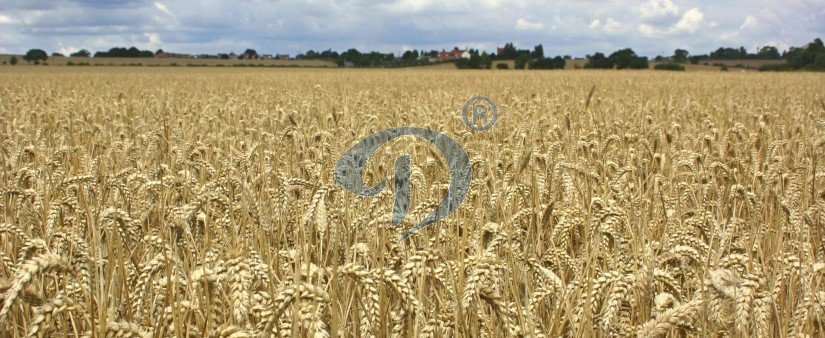The new word on wheat starch:extracting gluten
Industry news / Chat on line / Give me a price / Date:December 15, 2015

Wheat
The New Word on Wheat Starch
A new and unlikely ingredient is making its way into a few gluten-free foods. Don’t be surprised to find wheat starch in some products in the United States.
New U.S. Food and Drug Administration (FDA) rules allow wheat starch in gluten-free foods if the wheat starch is specially processed to remove gluten. Some food companies say it can improve flavor and texture in certain products.
Extracting gluten
Not all wheat starch is made the same way, and products labeled gluten free can include only the type specifically processed to remove gluten. Lee does not say where Dr. Schär’s wheat starch comes from, but several European companies manufacture the ingredient for gluten-free foods.
The main components of wheat are fiber, starch and gluten protein. Extraction involves milling the wheat into flour, making dough and washing out the starch. Starch dissolves in water but gluten does not, so the gluten-protein sediment sinks to the bottom. Then the starch solution can be drained off and dried. Traditionally, the purified gluten fraction had more value, but the gluten-free industry has placed a demand on refined starch.
Peter Koehler, Ph.D., a food chemistry specialist at Leibniz Institute in Freising, Germany, says one German company purifies starch “by excessive washing with water until the gluten concentration is below the safety threshold.”
In Europe the standard for Codex wheat starch is 200 ppm gluten or less, meaning it must be further diluted during manufacturing to give a final product that tests safely below 20 ppm. According to the FDA, this will also be acceptable for products in the United States “as long as the final food product contains less than 20 parts per million (ppm) of gluten.”
Koehler has been researching how to use peptidase, an enzyme that breaks down gluten, to produce gluten-free wheat starch. It would provide better “water-use efficiency and quality of gluten reduction,” he says. However this technology remains in the experimental stage.
Lee says Dr. Schär follows a safety protocol in all its plants in Europe and the United States, and that approach will also apply to products that contain wheat starch. When ingredients arrive, they’re not immediately brought into production. “They’re held in red-bag isolation … until they test free of gluten,” she says. “Then they are allowed into the production facility.”
Dr. Schär tests products along the production line and at the end as well. “We hold products for sampling purpose for six months to make sure that if there are any consumer questions we can go back to that exact batch and lot and recheck,” Lee says.
contact us
- Do you want to buy machine?
- Yes, I want to buy machine
- No, I want to learn more in advance.
- What is your raw material?
- Cassava
- Potato
- Sweet potato
- Others
- 2. What is the final product you want to produce?
- Garri
- Cassava flour
- Cassava starch
- Cassava chips
- Attiekie
- Bammy
- Others
- 3.What is your capacity plan?
- Small scale garri machine
- 1ton per day
- 2tons per day
- 3tons per day
- 10tons per day
- 20tons per day
- Others
- 3.What is your capacity plan?
- Small scale
- 5tons per day
- 10tons per day
- 20tons per day
- 50tons per day
- 100tons per day
- Others
- 3.What is your capacity plan?
- Small scale
- 5tons per day
- 10tons per day
- 20tons per day
- 50tons per day
- 100tons per day
- 200tons per day
- 300tons per day
- Others
- 3.What is your capacity plan?
- Small scale
- Middle type
- Large scale
- What is your capacity plan?
- Small scale
- 5tons per day
- 10tons per day
- 20tons per day
- 50tons per day
- 100tons per day
- 200tons per day
- 300tons per day
- Others

 Call us
Call us Chat online
Chat online

